"The Communist Manifesto," published in 1848, is a key document in the history of communism. It calls for a revolt against the rich and explains why this is necessary.
Here's a quick rundown:
Marx explains how the bourgeoisie (rich capitalists) took power from the aristocracy (kings and feudal lords), how they hold onto that power, and how they're now facing the proletariat (working poor). Communists believe the proletariat will overthrow the bourgeoisie, set up a temporary government, and move society from capitalism to communism. In this new system, major private property like factories and farmland will be shared, stopping exploitation.
According to Marx, you're being used like a commodity by someone more powerful than you so that you can make them rich. He's trying to promote a new system that does away with treating other people like they're only a commodity and their value is only what they can produce for someone at a higher social level than themselves.
The Manifesto is definitely controversial. Some blame it for inspiring dictators like Josef Stalin, who committed awful crimes. Others say communism has never been properly tried because of ongoing capitalist competition.
Karl Marx and Friedrich Engels didn't get any awards for the Manifesto, but its impact is huge. It inspired the Russian Revolution, which overthrew the tsar and set up the communist Soviet Union, one of the most powerful countries of the 20th century.
The Communist Manifesto: 1888 Translated Edition
Karl Marx and Friedrich Engels's revolutionary political treatise that shaped modern history. This classic 1888 translation presents the foundational text of communist theory, analyzing class struggle, capitalism, and revolutionary change. Essential reading for understanding 19th-century political thought and its lasting global impact.
View on AmazonAbout the Authors: Karl Marx & Friedrich Engels
Karl Marx and Friedrich Engels were revolutionary thinkers who changed the way we look at politics and economics. Marx, a philosopher and economist, teamed up with Engels, a social scientist and industrialist, to write "The Communist Manifesto" in 1848. Marx's ideas on capitalism and class struggle, combined with Engels' knowledge of industrial society, set the stage for modern communism. Their work inspired major political movements and revolutions, leaving a lasting impact on history and influencing leaders around the world.

Chapters of The Communist Manifesto
This booklet is divided into 4 main sections:

Chapter 1: Bourgeois and Proletarians
Section 1 of "The Communist Manifesto" talks about the constant struggle between the rich and the poor throughout history. Marx says that society has always been divided into classes, with the rich and powerful fighting against the poor and oppressed. The bourgeoisie, or middle class, rose to power after the fall of feudalism by controlling money and production, while the proletariat, or working class, sold their labor for wages. This rise didn’t stop class struggles; it just made them more obvious. The Industrial Revolution and colonialism helped the bourgeoisie become even more powerful by giving them new markets and resources.
Marx also explains how the bourgeoisie gained political power by supporting monarchs and balancing against the aristocracy. By the mid-1800s, they were the most powerful group in the world. While we usually think of workers as revolutionaries, Marx points out that the bourgeoisie also played a revolutionary role by ending feudalism. However, once they were in charge, they replaced the old feudal connections with new ones based on self-interest and money, securing their control over society. This shows how the bourgeoisie shaped the modern world and how class struggles continue to play a big role in society.
"The history of all hitherto existing society is the history of class struggles. Freeman and slave, patrician and plebeian, lord and serf, guildmaster and journeyman, in a word, oppressor and oppressed, stood in constant opposition to one another, carried on an uninterrupted, now hidden, now open fight, a fight that each time ended, either in a revolutionary reconstitution of society at large, or in the common ruin of the contending classes." ~ Karl Marx, The Communist Manifesto

Chapter 2: Proletarians and Communists
Section 2 of "The Communist Manifesto" explains the goals and ideas of the Communists. Marx and Engels start by saying that the Communists don’t have interests different from the working class; their goal is to represent and fight for the workers. They aim to abolish bourgeois property, which is the source of exploitation, and replace it with common ownership. They believe that this change will benefit everyone by ending the division between the rich and the poor.
The section also talks about how the Communists plan to achieve these goals. They propose several measures, like abolishing inheritance rights, establishing free education for all children, and centralizing credit and communication in the hands of the state. They want to use political power to achieve these changes, ultimately leading to a classless society where everyone has equal access to resources and opportunities. Marx and Engels argue that these steps will create a fairer, more just world where the exploitation of the working class is a thing of the past.
"The distinguishing feature of Communism is not the abolition of property generally, but the abolition of bourgeois property. But modern bourgeois private property is the final and most complete expression of the system of producing and appropriating products, that is based on class antagonisms, on the exploitation of the many by the few. In this sense, the theory of the Communists may be summed up in the single sentence: Abolition of private property." ~ Karl Marx, The Communist Manifesto

Chapter 3: Socialist & Communist Literature
Section 3 of "The Communist Manifesto" looks at the various socialist and communist movements that existed at the time. Marx and Engels critique different types of socialism, explaining how each one falls short of true revolutionary change. They start with "reactionary socialism," which includes feudal socialism and petty-bourgeois socialism. These groups want to go back to the old ways of society and don't offer real solutions for the working class.
Next, they talk about "conservative or bourgeois socialism," which aims to make life better for workers without changing the capitalist system. This kind of socialism tries to patch up the problems of capitalism without addressing its core issues. Finally, they discuss "critical-utopian socialism and communism," which dreams of a perfect society but doesn’t offer a practical way to get there. Marx and Engels argue that only their brand of communism, which focuses on class struggle and revolutionary change, can truly address the exploitation of workers and create a fair society. They believe that the other forms of socialism are either too backward-looking, too conservative, or too idealistic to bring about real change.
Chapter 4: Position of the Communists in Relation to the Various Existing Opposition Parties
Section 4 of "The Communist Manifesto" wraps things up by discussing the relationship between the Communists and other political parties. Marx and Engels clarify that the Communists support any movement that fights against the existing social and political order. They align with various groups depending on the situation, as long as it helps advance the interests of the working class.
The section highlights how the Communists work with different parties in different countries. For instance, in Germany, they support the bourgeoisie against the feudal aristocracy but still push for more radical changes. They emphasize that the ultimate goal is to unite the working class worldwide. The manifesto ends with a rallying cry for workers of all countries to unite, as they have nothing to lose but their chains and a world to win. This call to action is meant to inspire solidarity among workers globally to overthrow the capitalist system and achieve a classless society.
"The Communists disdain to conceal their views and aims. They openly declare that their ends can be attained only by the forcible overthrow of all existing social conditions. Let the ruling classes tremble at a Communistic revolution. The proletarians have nothing to lose but their chains. They have a world to win." ~ Karl Marx, The Communist Manifesto
My Summary

This is a very interesting book that should be read by anyone that wants to understand history and economics because it’s had such a major impact on both of those fields.
More than anything, this book is a great critique of early Capitalism. I’ve heard that said about communism before but it makes more sense after reading the Communist Manifesto and Das Kapital by Karl Marx.
Marx is detailed in his critiques of capitalism but he is pretty vague about his solution of communism as the replacement.
If you can put yourself in the mind of an 1850’s European laborer, you’d get an understanding of why a manifesto such as this one was bound to come into being. The life of a laborer back then would have seemed like an entirely different world from the upper class at the time. But being where we are now in the 21st century, this manifesto doesn’t hold as much weight. It still sounds nice to think of the lower class workers rising up and overthrowing their corporate leaders, but the utopia Marx is hoping for after the overthrow of capitalism doesn’t seem like it’s a much better solution in my mind.
But if communism does interest you, this is the book to start with!
If you enjoyed this breakdown and summary of The Communist Manifesto, check out my summary of Capital, by Karl Marx:




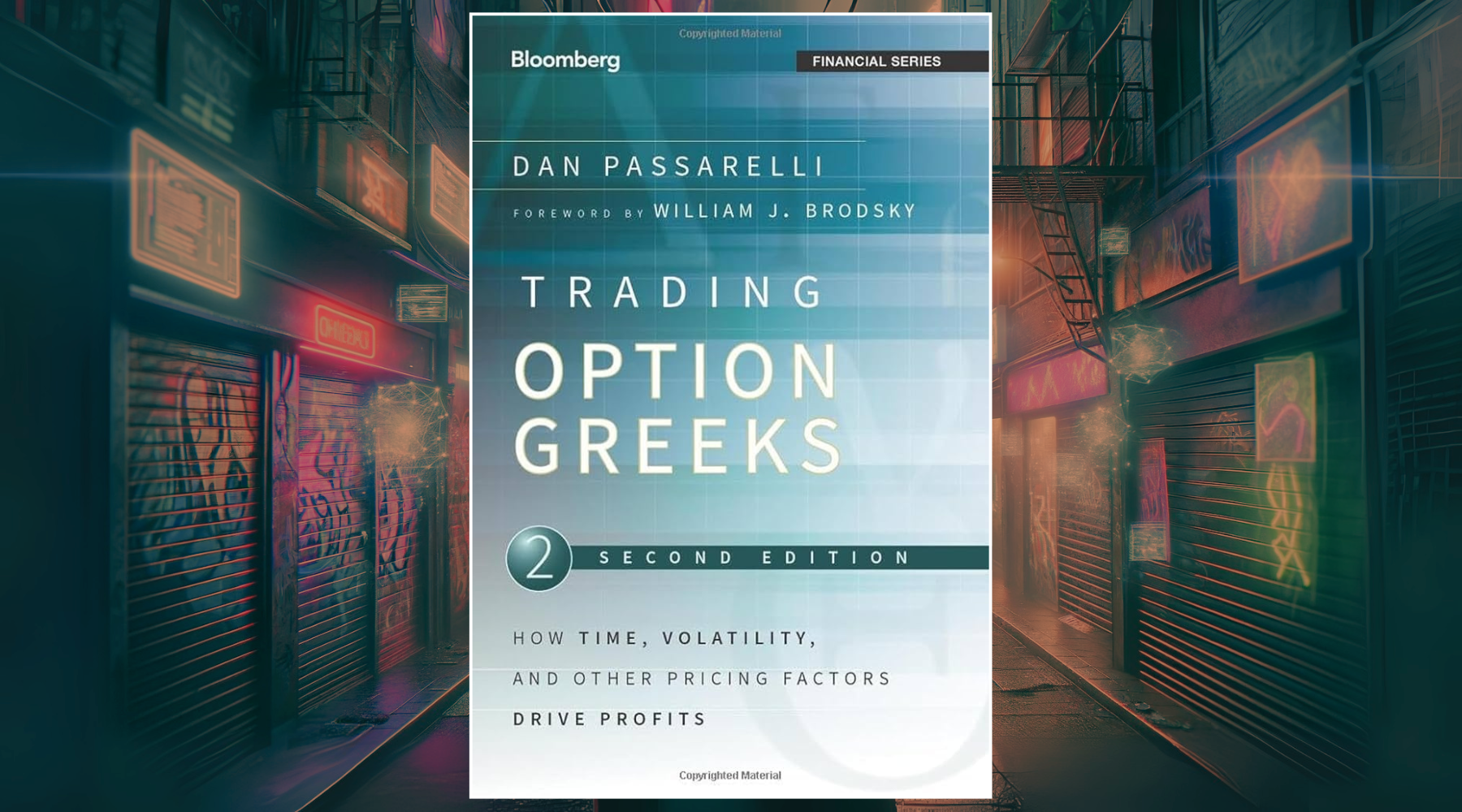
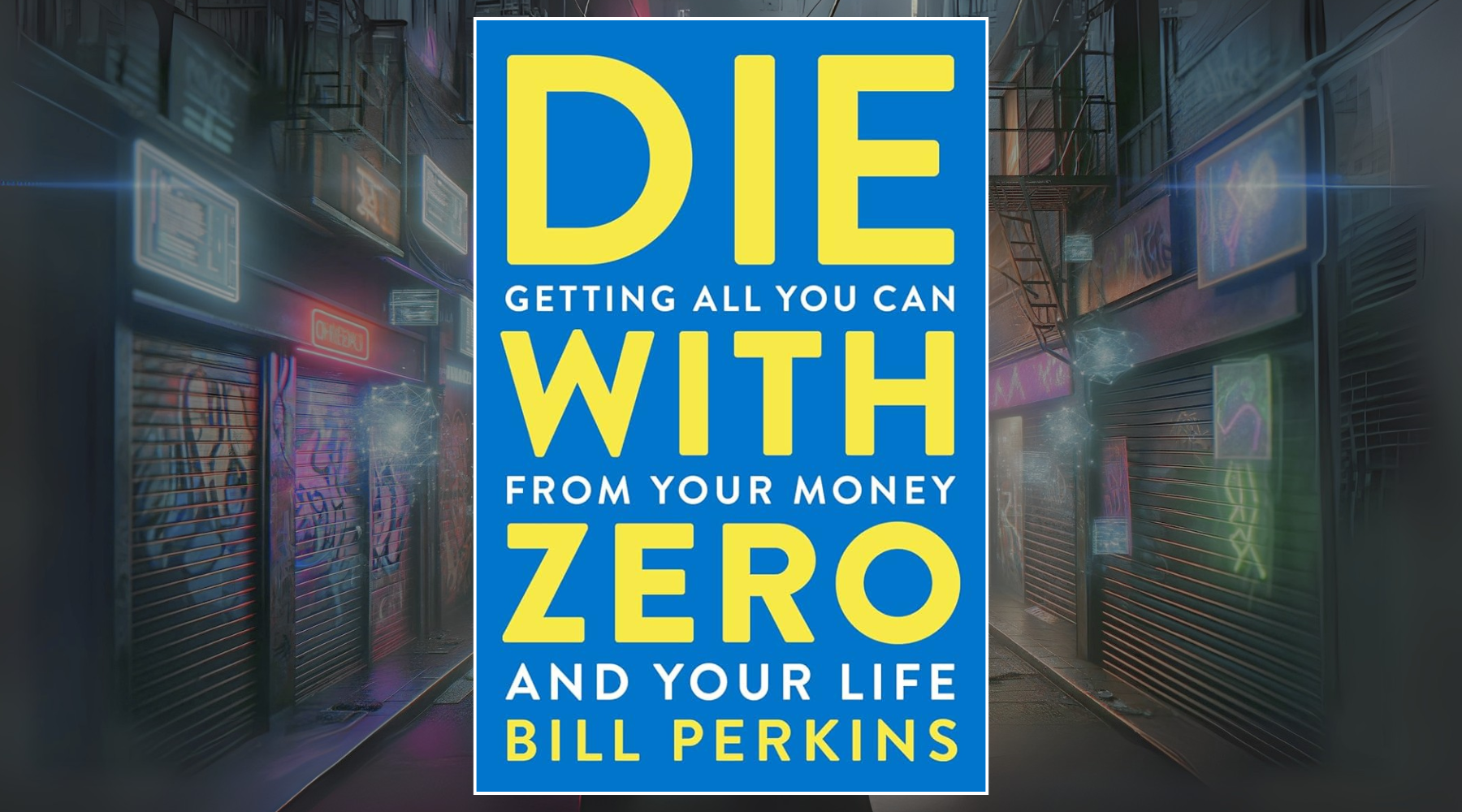
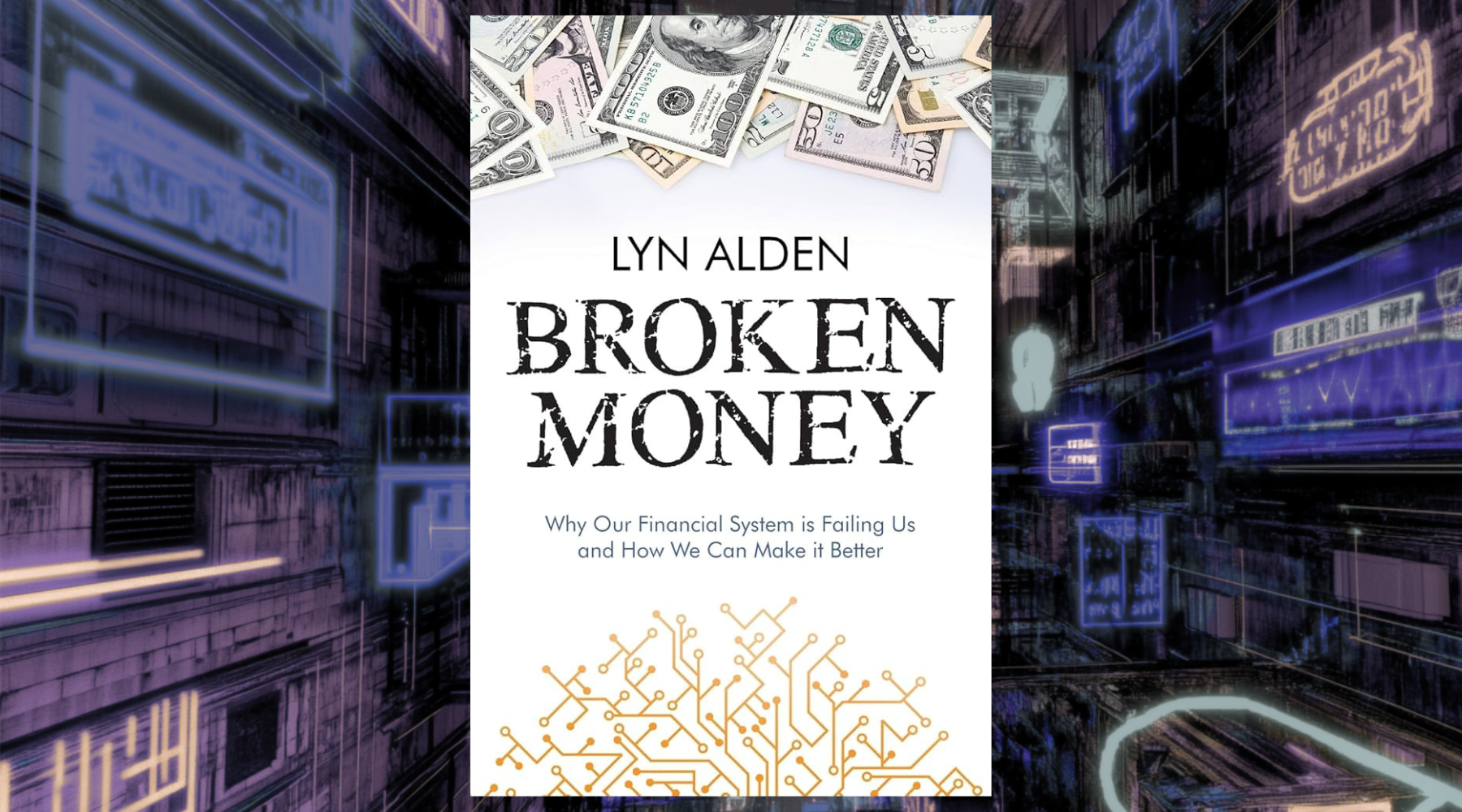
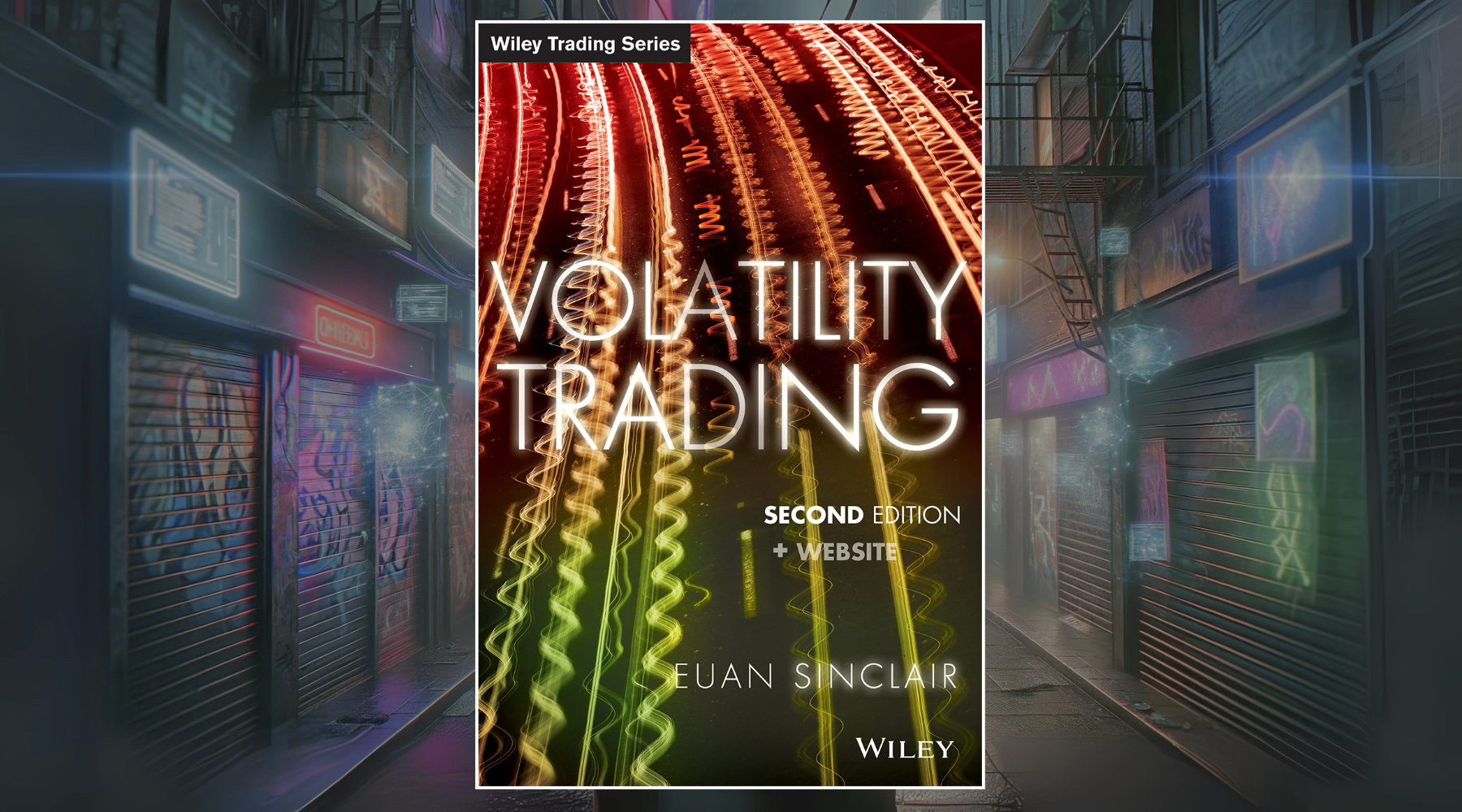
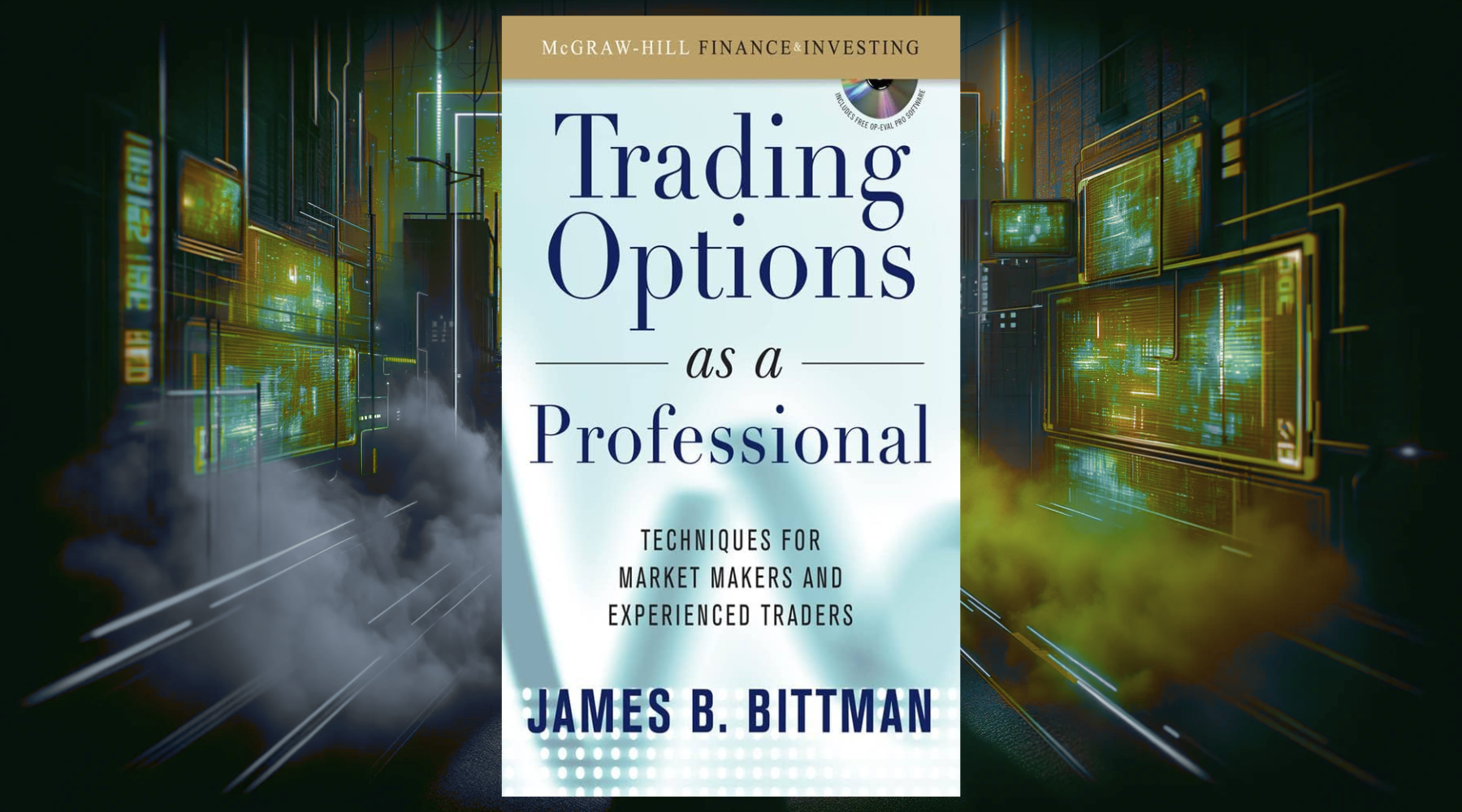
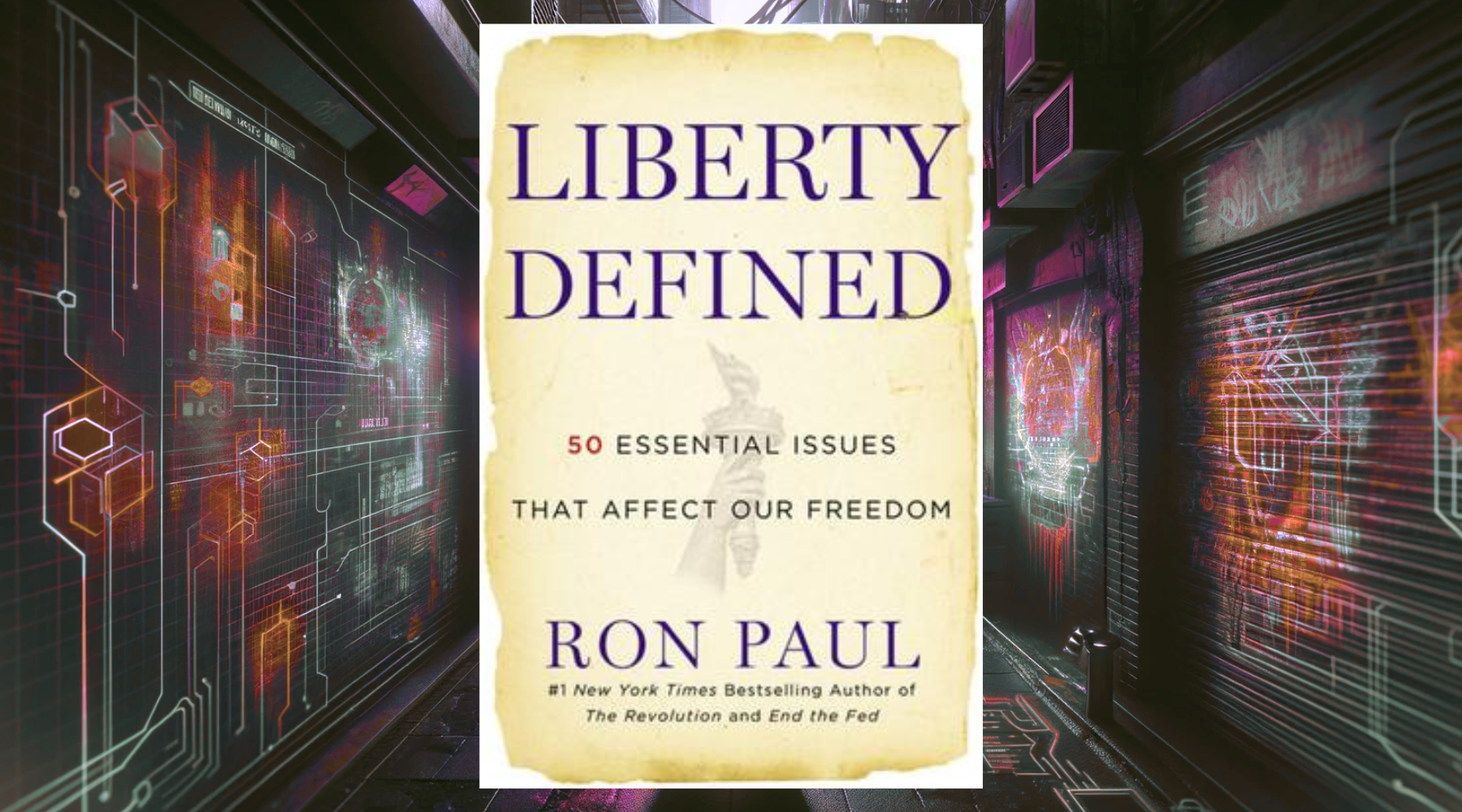
Leave a comment
This site is protected by hCaptcha and the hCaptcha Privacy Policy and Terms of Service apply.